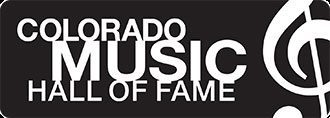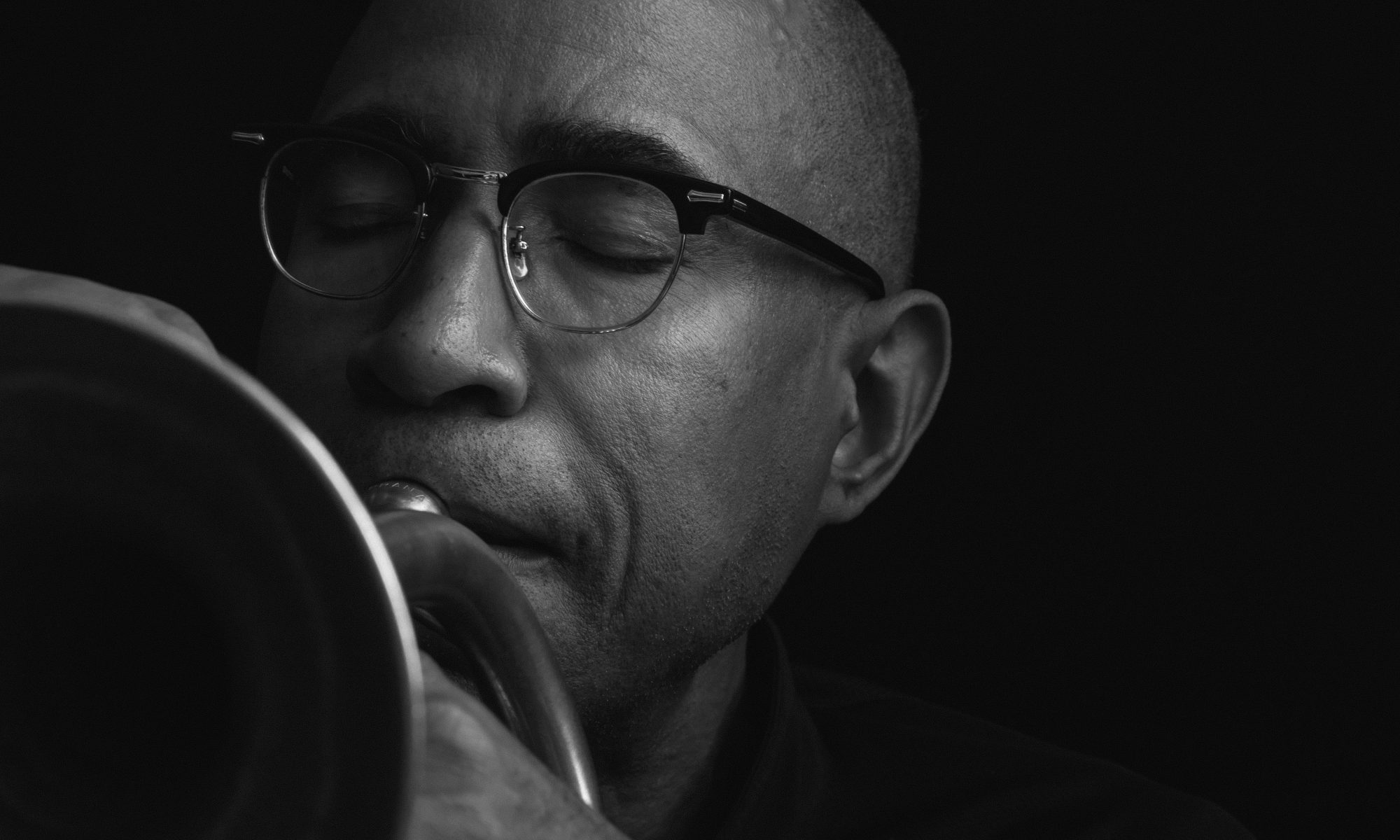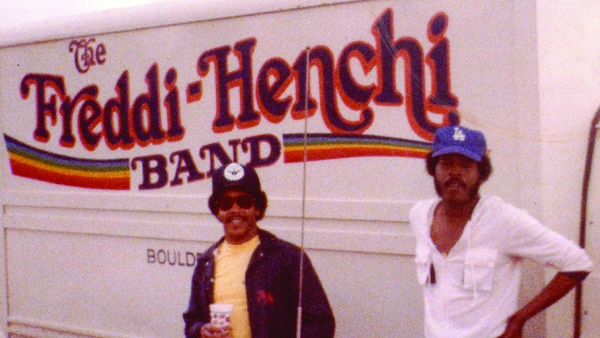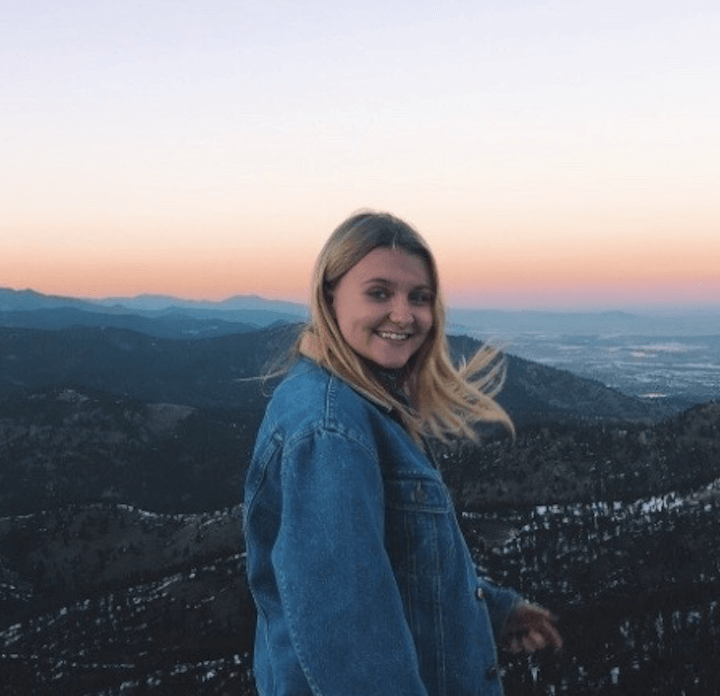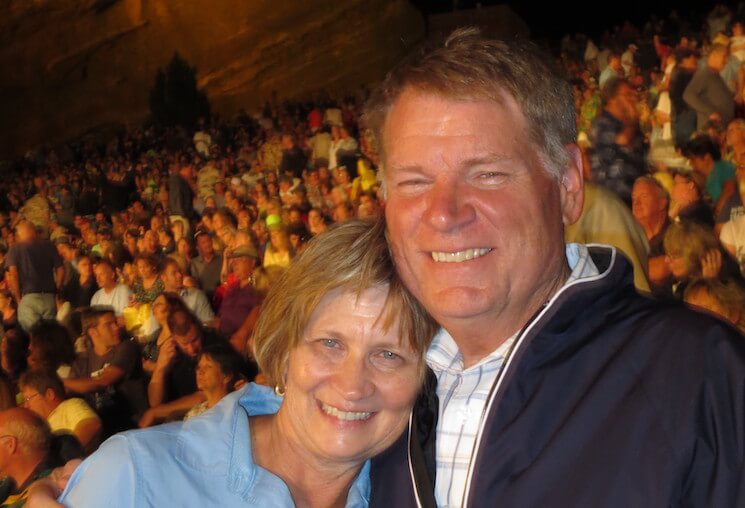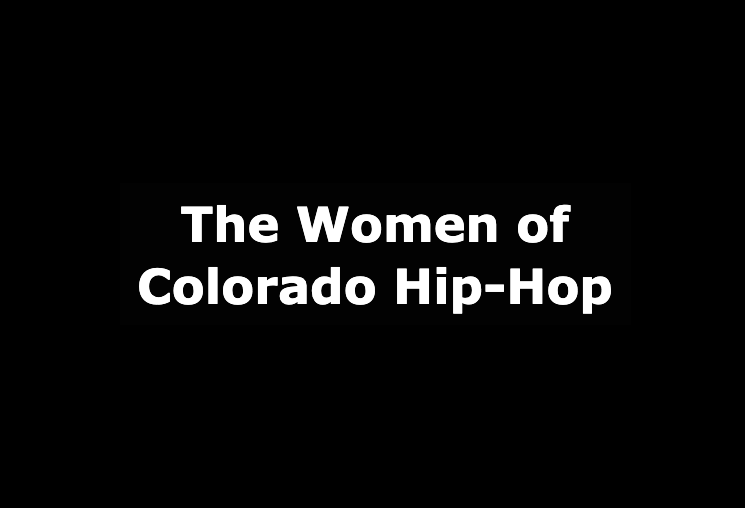Photo Caption: Michael Burgermeister (event sponsor and exhibit donor), Jay Elowsky (Pasta Jay’s event sponsor and Hall of Fame board members) and Freddi Gowdy, inductee with Freddi & Henchi, in front of new exhibit of Freddi’s induction class, Going Back to Colorado.
Photo credit: Dan Fong
Joined by old friends and new, Colorado Music Hall of Fame celebrated our new exhibits at an event on June 13, 2022 in the backyard of the Red Rocks Trading Post. Graciously sponsored by Pasta Jay’s, CTS Distributing and Michael Burgermeister, the Italian Food and Wine Event included a delicious buffet of Pasta Jay’s Italian specialties, a wine tasting hosted by the 30 year-old Colorado-owned and -operated wine and spirits distributor, CTS Distributing, and delectable desserts provided by Hall of Fame donor, Michael Burgermeister.
Guests were also treated to musical performances by inductees, Jock Bartley of Firefall; Freddi Gowdy of Freddi & Henchi; Chris Daniels of Magic Music and Chris Daniels & The Kings; and Kenny Passarelli of Barnstorm and bassist for Elton John, Dan Fogelberg, Stephen Stills and Hall and Oates.
More Photos from the Event:
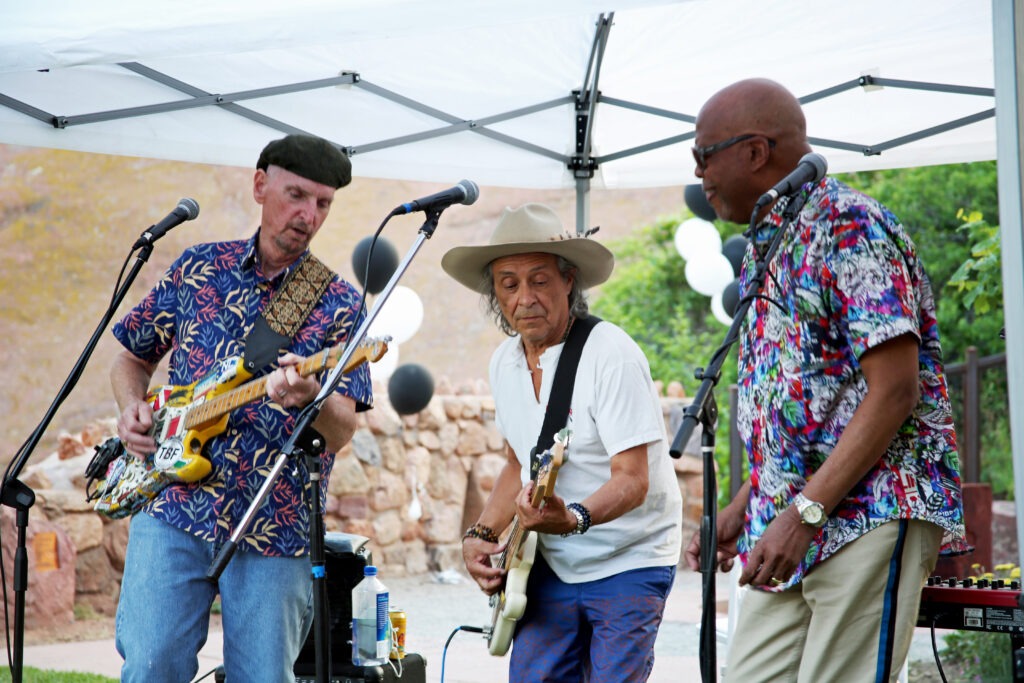
Photo credit: Dave Aldridge
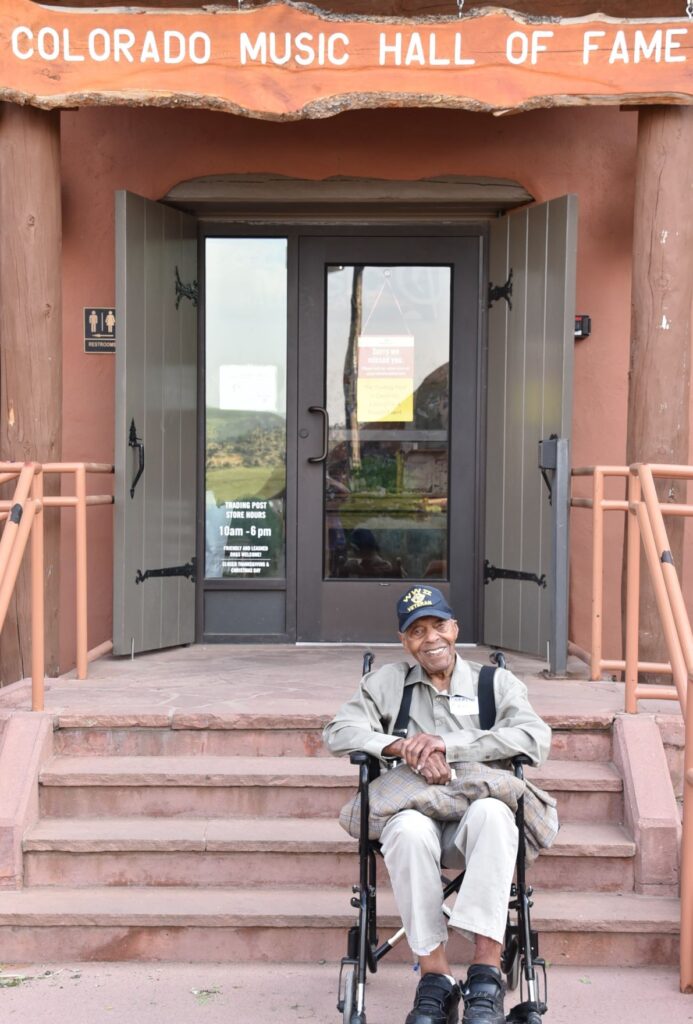
Photo credit: John Shackford

Photo credit: Bob Fontneau
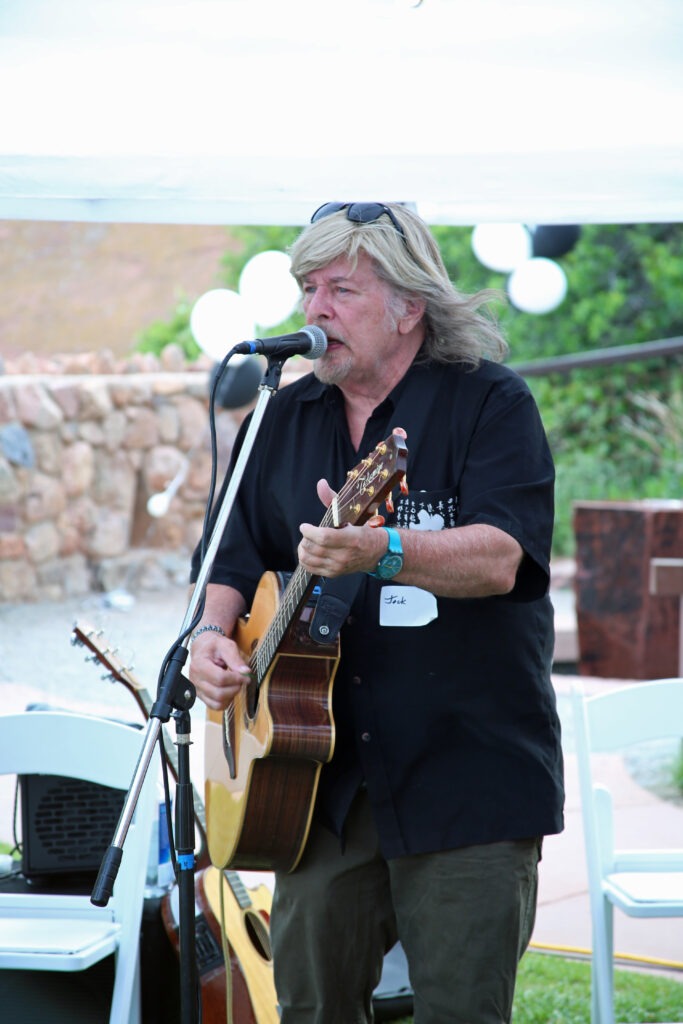
Photo credit: Dave Aldridge

Photo credit: Bob Fontneau
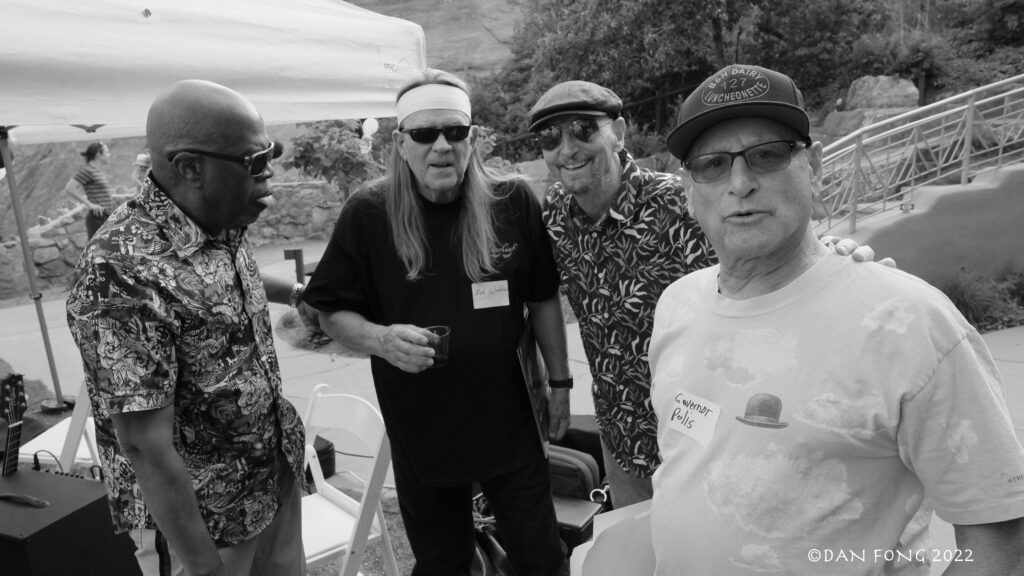
Photo credit: Dan Fong

Photo courtesy of Carla Sciaky
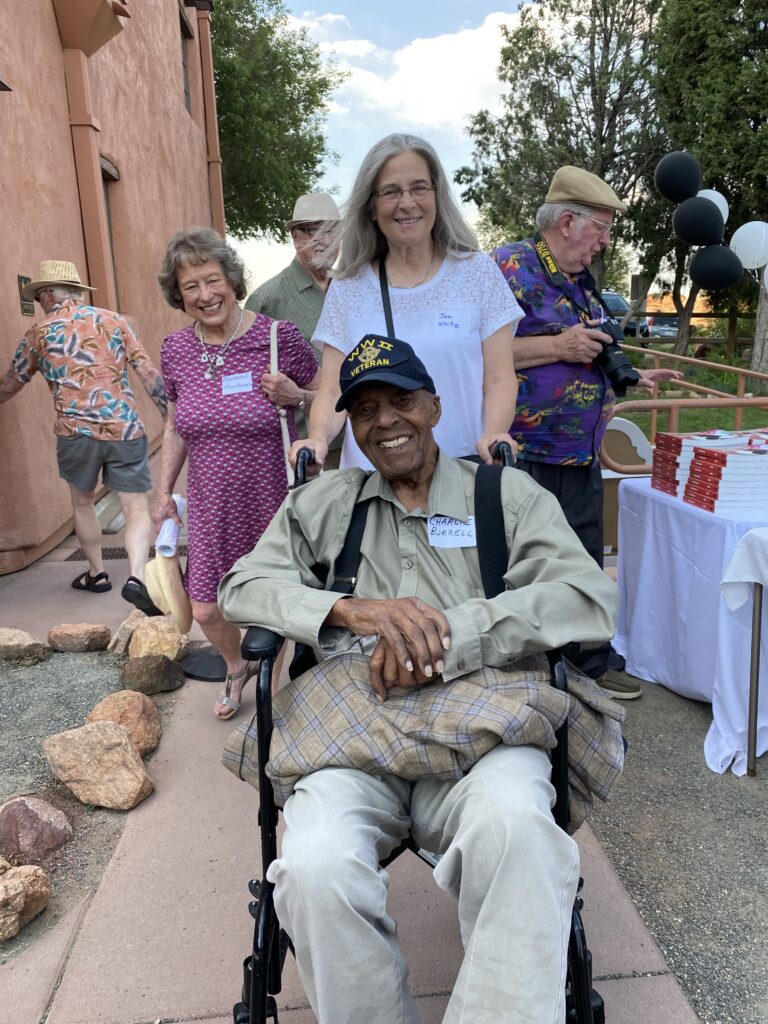
Photo credit: Bob Fontneau
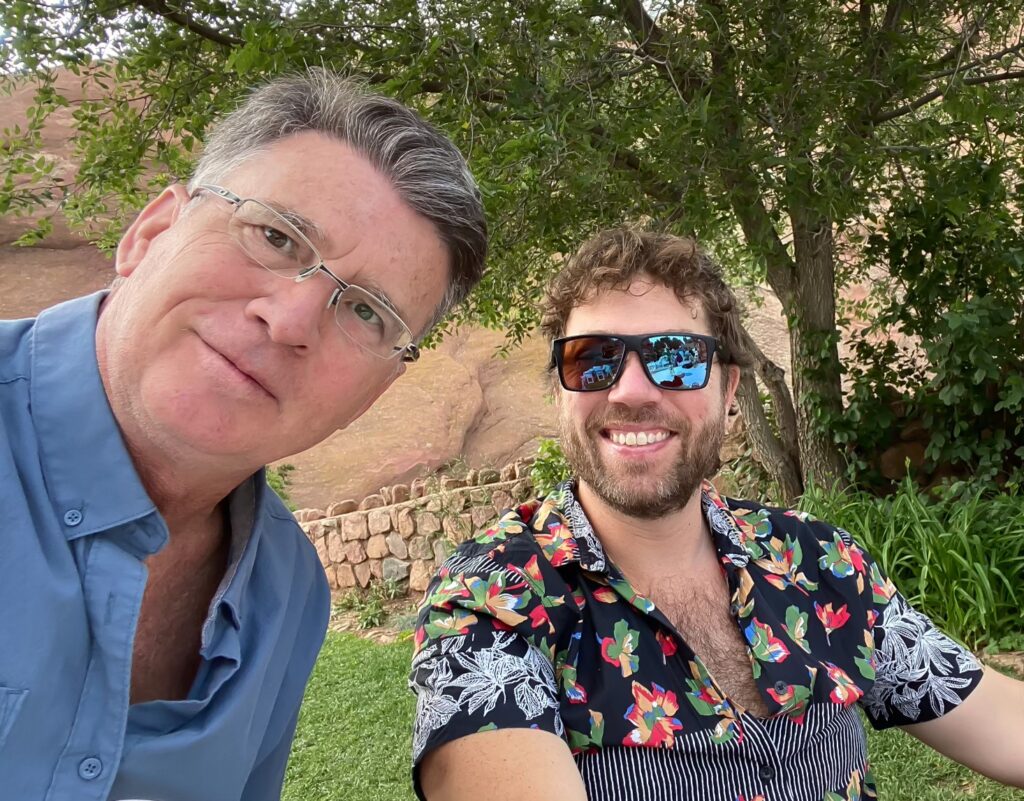
Photo Credit: Bob Fontneau
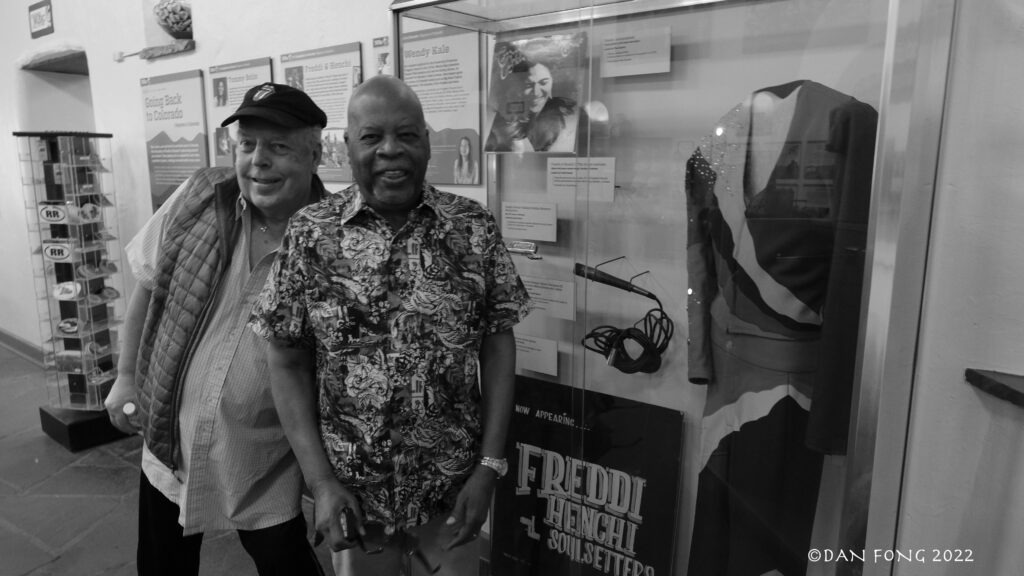
Photo credit: Dan Fong

Photo courtesy of Carla Sciaky

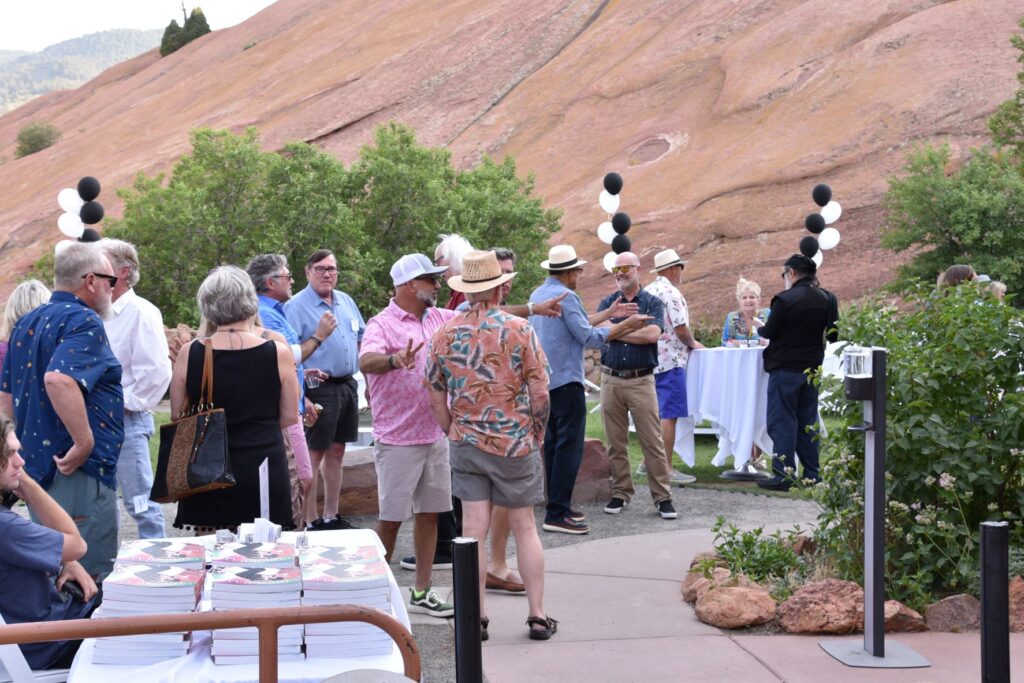
Photo credit: John Shackford
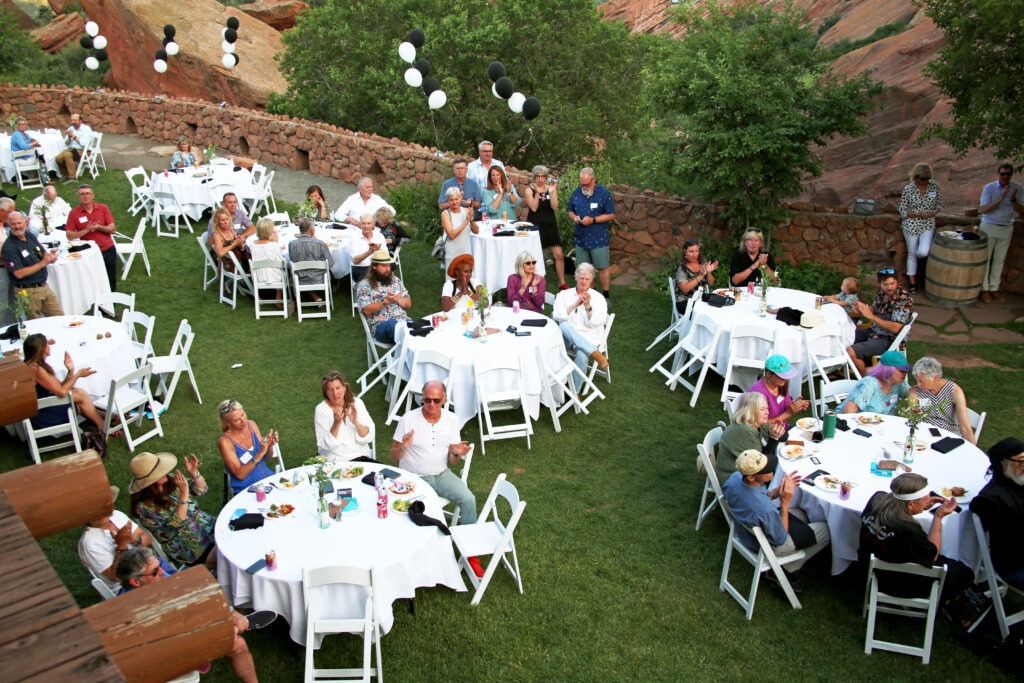
Photo credit: Dave Aldridge

Photo credit: Brooke Gordon
